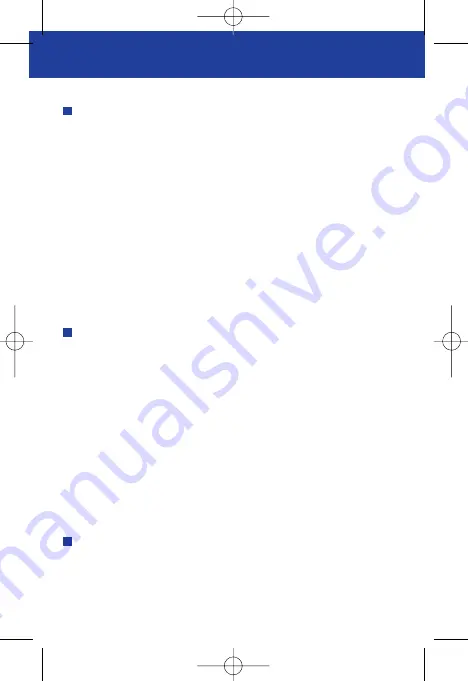
Observing with and without glasses
Eyepiece D 15 – 56x / D 20 – 7
5x
When observing without glasses, use the eyepiece with the eyecup screwed
out (G). To do this, turn the eyecup to the left and up.
For cleaning, the eyecup can be completely screwed out. Screw the eyecup
out until it stops and then keep turning in the same direction through the
threads. Mounting is carried out in the opposite sequence.
All other eyepieces
When observing without glasses, use the eyepiece with the eyecup (G)
removed. To do this the eyecup is removed upward and locked to the right (A)
with a short rotation.
Note:
When observing with glasses, the eyecup remains screwed in (A) or pushed in
for all eyepieces.
Focusing
The innovative Dual Speed Focusing DSF (B/J) makes focusing possible at
variable speed without changing your grip. The switch-over is carried out
automatically by a reliable precision mechanism, which functions excellently
even at low temperatures.
As long as you turn the focusing constantly in one direction, fast focusing is
primarily activated. Always focus slightly beyond the optimal focus point with
fast focusing. As soon as the turning direction is changed, fine focusing is
activated, offering precise sharp focusing on the finest details. After a short
familiarization period, you will discover that achieving fast and exact sharp
focus points with the DSF no longer needs to be a contradiction.
Note:
Switch-over can be noticed in that the fine focusing is significantly easier than
fast focusing.
Extendable back light
This screen (E) keeps out interfering sunlight and is also used to protect from
rain.
The sight (D) on the lens screen facilitates easier focusing on the object.
100190 Zeiss 112_VIC_DiaScope Innen / S. 8 /
Pantone Reflex Blue
/
Schwarz
Instructions for use
112_VIC_DiaScope_innen.qxd 01.02.2010 12:46 Uhr Seite 8



























